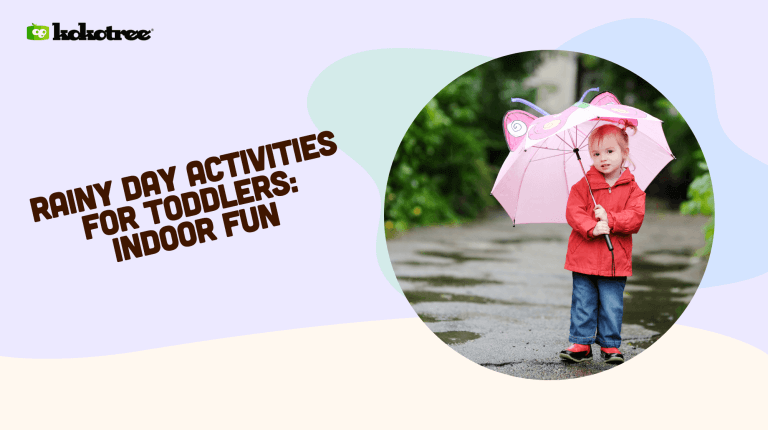

 Get started free
Get started free
Kokotree Early Education App
Written by: Kokotree
Last updated:

Is it raining today? Don’t worry. We’ve got your back! Here are 50 rainy day preschool activities.
When indoor play becomes the day’s main event, having a variety of engaging and educational preschool activities is vital to keeping little ones entertained and learning.
From crafting with materials around the house to imaginative play that transforms your living room into a world of adventure, these indoor activities are perfect for nurturing creativity, problem-solving skills, and fine motor development.
Storytelling, music, and simple science experiments can also enhance language development and scientific curiosity.
Remember, every rainy day offers a golden opportunity to explore new ideas and concepts, making learning an enjoyable part of staying indoors.
Rain or shine, indoor activities offer a fantastic way to keep preschoolers engaged, curious, and learning.
With these 101 rainy day activities, you’re equipped to turn any gloomy day into an adventure filled with fun and educational experiences. From crafting to storytelling, each activity is designed to spark imagination and encourage development in young minds.
So, next time the rain clouds roll in, view it as an opportunity to explore, create, and learn together indoors.
Remember, with a little creativity, the possibilities for fun are endless, no matter the weather.



